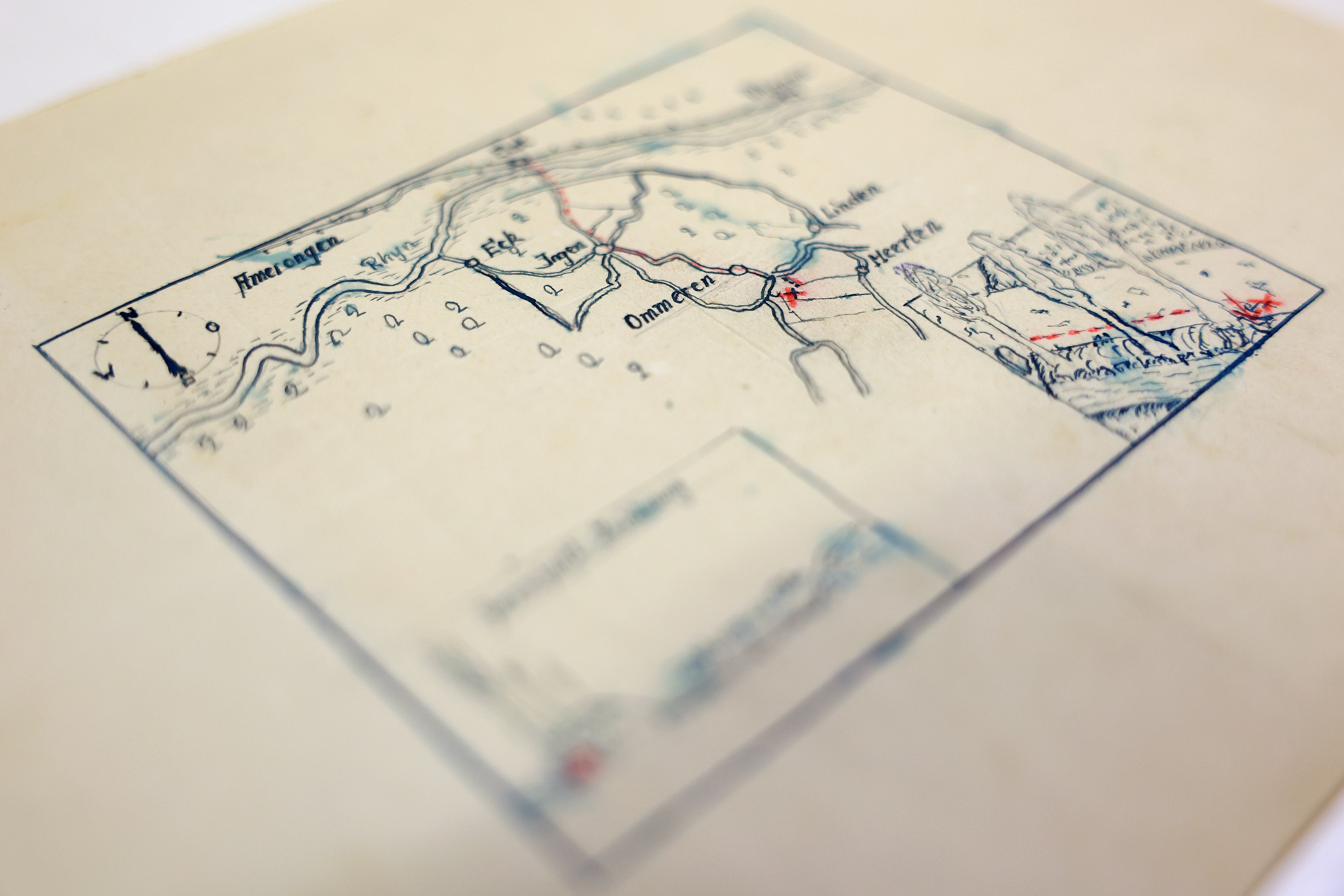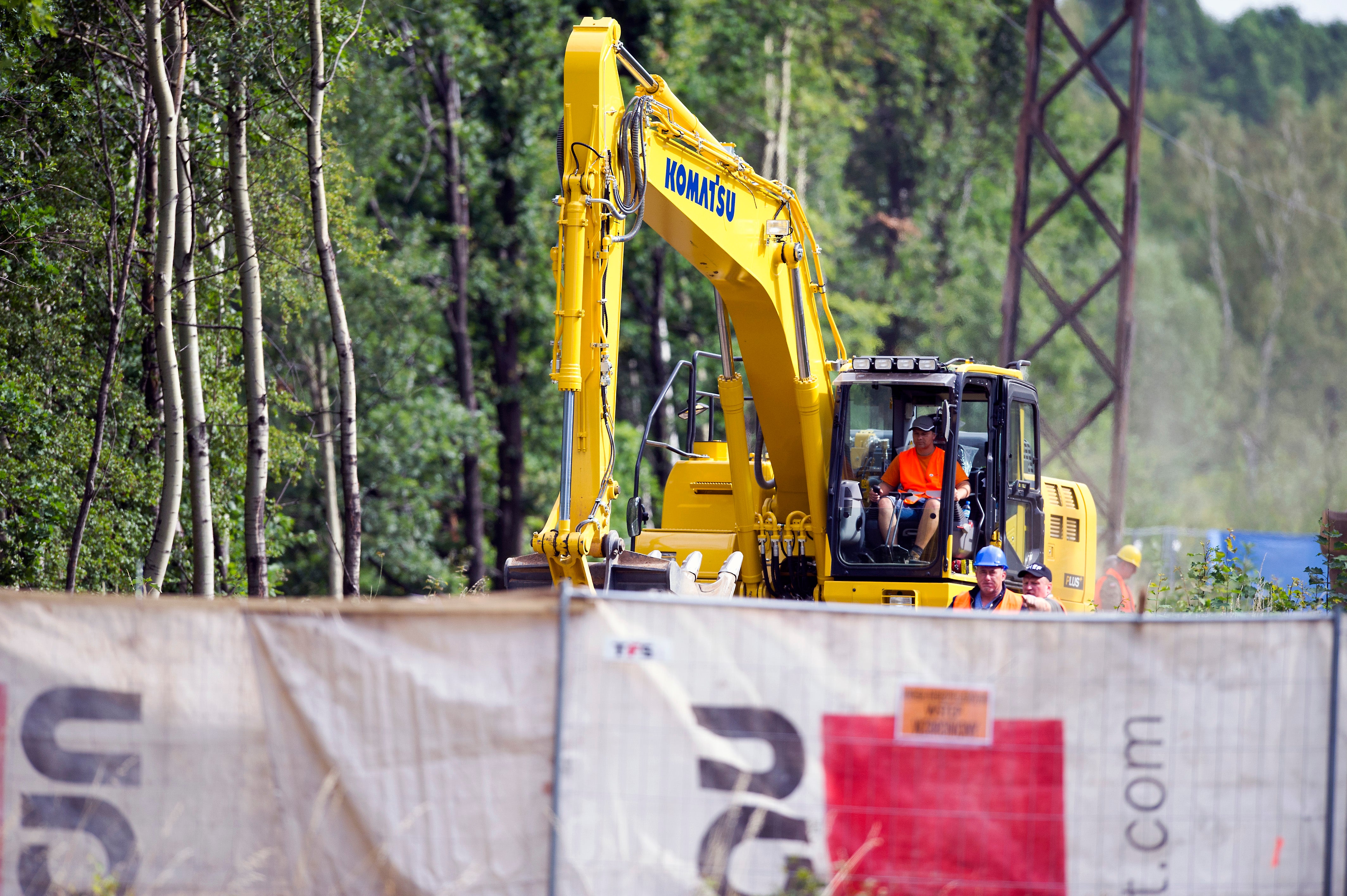I’m a historian and I know for certain where Nazi gold is hidden
I have always been sceptical about finding Hitler’s buried loot, lost since the Second World War, writes Guy Walters. That was until I discovered a remarkable Nazi treasure map and set off with my spade and pickaxe...


Ever since the end of the Second World War, there has been a fascination with Nazi gold. Stories abound of billions of pounds’ worth of bullion, treasure, jewels, and hard cash submerged beneath Alpine lakes, or buried deep in eastern European mountain ranges. Sometimes whole railway trains of plunder are said to be hidden, and even modern wonders of the world such as the Amber Room are reputed to be out there somewhere.
The theme of Nazi gold appears in countless books, documentaries, films, and, yes, magazine and newspaper articles. Do a search for “Nazi gold” on YouTube and up will come many hundreds of videos, some of which have been watched millions of times. Similarly, a Google search of news sources reveals a constant drip-drip of pieces about the topic, which are often focused on some determined hunters who are positive, absolutely positive, that they are just a few days and metres away from unearthing a fantastic hoard of Hitler’s loot.
I know firsthand just how popular the subject is, as I am often asked to talk about it on television. My favourite approach came a few years back, from an extremely excited and breathless researcher, who asked me not only if I could be interviewed, but also – most importantly! – did I know where the show might be able to find some Nazi gold that they could unearth on camera? I gently tried to explain to the researcher that if I knew that, then I would not be sharing the location with some television company, and furthermore, I would be speaking to them from my private island in the South Seas, having already dug up the Nazi gold for myself.
It would be fair to say that I am cynical about the whole topic and, until recently, I firmly believed that all these books, articles and shows were just a load of guff. In fact, I maintained that I made more money from writing about Nazi gold than the value of all the Nazi gold that has even been found.
But that was until January this year when I saw the treasure map.

It had been released by the National Archives of the Netherlands, as part of a group of papers that told how a group of German paratroopers who were fighting the British in Arnhem in September 1944 took unscrupulous advantage of an explosion at a bank in the centre of town and stuffed four ammunition boxes with gemstones, jewellery, watches, coins and other valuables — which hopefully included some actual gold. According to one of the soldiers, Helmut Sonder, the boxes were buried just south of a village called Ommeren, 25 miles west of Arnhem.
After the war, the Dutch, who understandably wanted to restore the valuables to their owners, interrogated Sonder. The German was taken to the spot where he claimed the treasure was buried, but he could not find it. He suspected that perhaps his senior NCO, Eduard Kastel, had already taken it, but the Dutch were not convinced and concluded that Sonder was either lying or the treasure had already been found. A few more attempts were made over the next couple of years by the police, locals and some American troops, but to no avail.
Since then, the story of the loot had been all but forgotten. But that was until January. For among the Dutch documents was an item that was manna to any hunter of Nazi gold: a treasure map with a red X marking the spot. Better still, the map also included sketches of precisely where the loot was buried.

I had to go. I spent hours comparing the map – which was presumably sketched by Sonder – with current maps and satellite imagery from Google Earth. As I set off at 5am from Wiltshire one Thursday morning, I was confident I knew almost exactly where to dig.
As well as packing a spade, fork and a pickaxe, I also took along my filmmaker son Will and his friend Magnus to record what would doubtless be a truly historical moment and to produce a documentary, which has now been released and is called Hunting Nazi Gold with Guy Walters. I don’t want to give away too many plot spoilers, so I’m not going to reveal here what happened, but I’m sure most readers will realise that had I found any Nazi gold back in January, you would have heard about it by now.
Fruitful or not, what my quest taught me is that I need to be less sceptical about those who suspect they may have found some Nazi gold. After all, the Nazis plundered gold and other treasures on an epic scale throughout the war, the worth of which can never be truly estimated, but clearly runs into the many, many billions. Much was recovered fairly swiftly after the hostilities had ceased, most notably from the Merkers salt mine in Thuringia in April 1945, where the Americans found over 8,000 gold bars and fifty boxes of bullion, not to mention another 3,000 bags of gold coins, as well as numerous other treasures. But as vast as that find was, everybody knew that there was bound to be more.
The most popular site for the early prospectors for Nazi gold was Lake Toplitz in Austria, where it was long suspected that the SS had dumped some £3bn worth of gold. In the late 1950s, extensive searches were made, and all that was dredged up were tons of counterfeit British banknotes. Nevertheless, people persisted, and over the past decades, there have been many unsuccessful attempts to find the Alpine equivalent of Eldorado.

While the idea of Nazi gold in an Alpine lake seems plausible, there are some reputed troves of Nazi gold that seem positively preposterous. Take the fabled Nazi gold train, that was reported back in 2015 as being buried in a tunnel near the city of Walbrzych in southwest Poland. According to two treasure hunters, the Nazis had hidden the train, crammed with gold and other booty, in order to stop it from being found by the advancing Red Army in the dying days of the war. While the story seemed unlikely – why not just send the train west rather than leave it behind? – there were many who were blinded by the prospect of Nazi bullion and were sure that the train existed.
Sadly, the train has never been found, just as the bullion that was apparently buried beneath a Polish palace, supposedly used by the SS as a brothel, which the hunters were absolutely adamant was going to be there. The location of a reported £200m of gold was contained in the diary and correspondence left by an SS officer, which later turned out to have been a post-war forgery.

While it is easy to laugh and to be sceptical, there is no doubt that some Nazi gold must be hidden somewhere in the forests and lakes of what had been occupied Europe. After all, not all the gold has been definitely accounted for, so it must be hidden somewhere.
However, there is one place that I definitely know where Nazi gold is hidden, and that is under the streets of Zurich, in the vaults of secretive banks. The Nazi top brass were no fools, and rather than hide their stolen wealth out in nature, they instead entrusted it to the Swiss. Nobody knows for certain how much is there, which makes me half-minded to drive to Zurich with a pickaxe and see what I can find. Now that would make a documentary.






Join our commenting forum
Join thought-provoking conversations, follow other Independent readers and see their replies
Comments